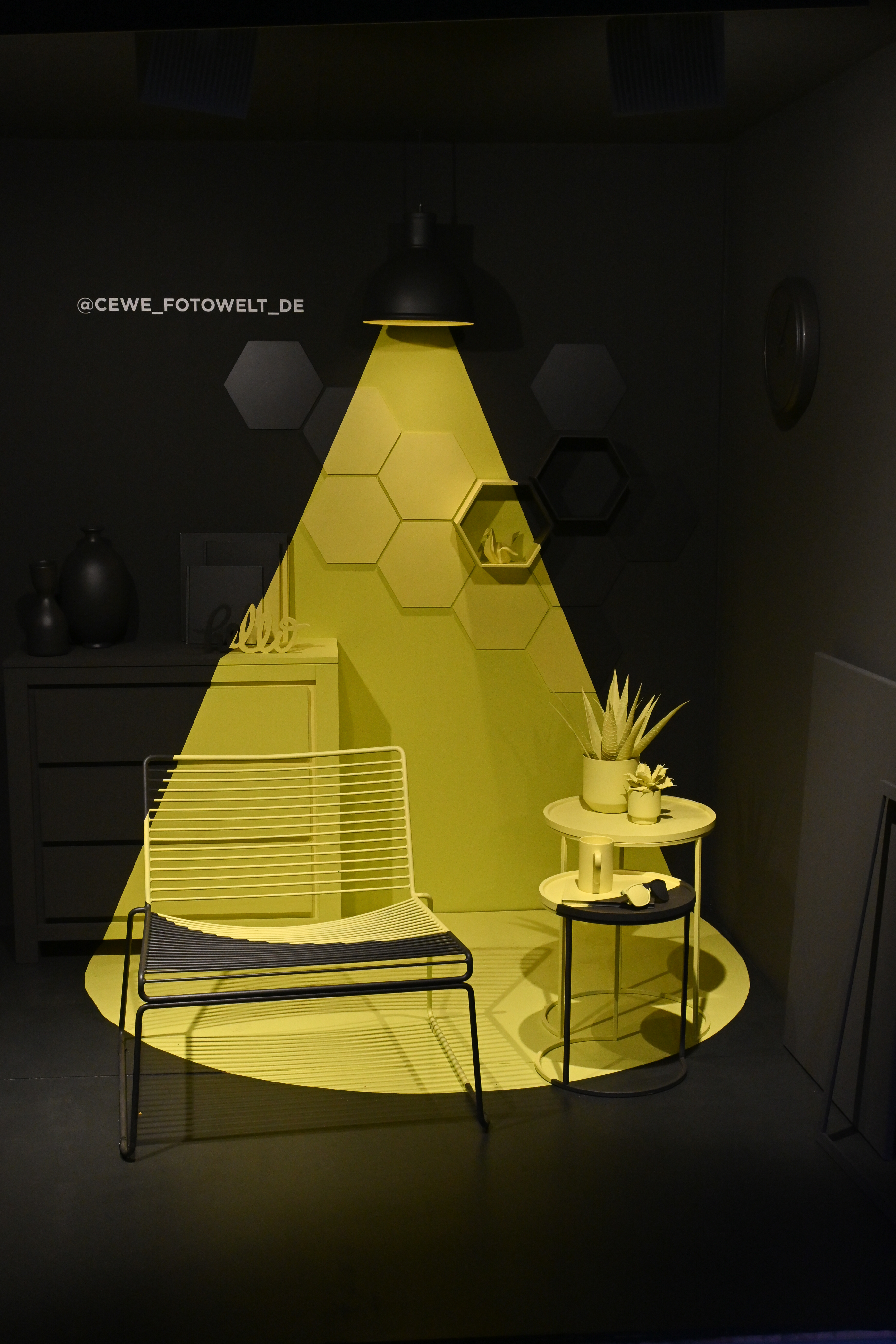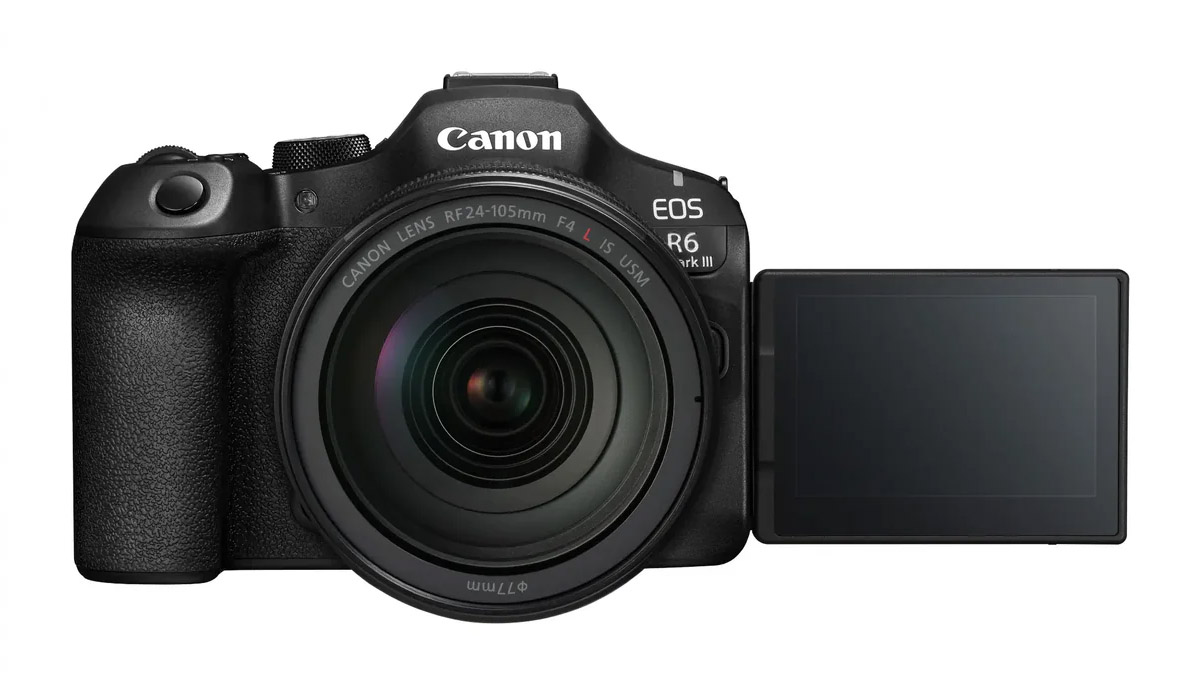Digital Camera World Verdict
Much of the Nikon Z 50’s appeal is its petite form factor and the Nikon Z DX 16-50mm f/3.5-6.3 VR (35mm equivalent) doesn’t hamper that in the slightest. It’s tiny, it’s featherweight and it’s sure to prove popular with travel and street photographers alike. Its ability to focus down to 0.2m is mighty impressive and although its plastic build may lack that premium feel, the addition of a silent control ring is a welcome mod con. What the Z DX 16-50mm f/3.5-6.3 VR lacks in speed, it makes up for in price, versatility and downright dinky charm.
Pros
- +
Super-compact size
- +
Impressive minimum focus distance
- +
Customizable control ring
Cons
- -
Max aperture only f/6.3 at full zoom
- -
Plastic build may disappoint some
- -
Narrow focus ring could prove fiddly
Why you can trust Digital Camera World
The Nikkor Z DX 16-50mm f/3.5-6.3 VR is the kit lens for Nikon's new Z 50 APS-C mirrorless camera, and its own way it's as exciting as the camera itself.
More than a year since Nikon introduced the world to its Z system, the Japan-based imaging giant has finally unveiled its very first Z-mount APS-C mirrorless camera. Dubbed the Nikon Z 50, this diminutive device is priced pretty keenly, especially with this Nikkor Z DX 16-50mm f/3.5-6.3 kit lens. Already it looks set to be one of the best Nikon cameras for hobbyists, if not one of the best mirrorless cameras on the market.
• Read our Nikon Z 50 review
Nikon tells us this little lens – one of the best pancake lenses you can buy right now – performs better than an F-mount DSLR kit lens, and it’s all thanks to the Z mount’s superior image rendering. This is cited as one of the most important factors in the Nikon mirrorless camera system. The company also showed us an updated version of its Nikon lens roadmap with no fewer than 11 new lenses added.
First impressions confirm just how compact this little lens is. The Z 50 is notably smaller than its full-frame counterparts and when retracted, the Z DX 16-50mm barely protrudes beyond the camera’s comfy grip.
Although the variable aperture of f/3.5-6.3 means the lens isn’t particularly fast at the zoom end, it does boast Nikon’s Vibration Reduction image stabilization. This is said to compensate for up to 4.5 stops, making handheld shooting at slower shutter speeds possible. If that wasn’t enough, the image stabilization extends to video for steadier handheld footage too.
It’s also worth considering the Z 50’s target audience. Nikon tells us the camera sits alongside the Nikon D500 and Nikon D7500 in its enthusiast category. A presentation with Instagram influencer and travel photographer Alex Stead clearly conveyed the camera’s suitability as a travel companion. When shooting bright vistas and golden beaches, we’re expecting the DX 16-50mm to excel.
The best camera deals, reviews, product advice, and unmissable photography news, direct to your inbox!
This isn't the only lens for the new Nikon Z 50. There's also a new Nikkor Z DX 50-250mm f/4.5-6.3 VR.

Build and handling
Cradled in the hand it’s obvious this little lens comprises a largely plastic build, but the upside is its light weight. Nikon really has made each of the optic’s 135 grams count. A rather unusual addition is the tiny lens hood, which screws onto the lens much like a filter. The DX 16-50mm f/3.5-6.3 VR features a filter thread of 46mm and comprises 9 elements in 7 groups. It sports one ED glass element and four aspherical lens elements.
The 16-50mm focal length pairs perfectly with Nikon’s other DX-format lens announcement, the Nikkor Z DX 50-250mm f/4.5-6.3 VR. The idea is that photographers can travel with just two lenses, while still having access to all of the most widely used focal lengths.
The presence of a silent control ring is a welcome addition and complements the Z 50’s ability to operate silently. The control ring can be assigned to manual focus, aperture control, exposure compensation and ISO, which is a boon for video content creators. We did notice that the control ring was relatively narrow, which some users could find a little fiddly, but complaining about that really is clutching at straws. Considering how compact the lens is, it’s an acceptable trade-off.
The pancake lens’ tiny form factor may well appeal to Nikon Z 6 and Z 7 users too. Not only will its light weight go virtually unnoticed when dropped into a camera bag, but it’ll automatically engage crop mode when attached to either of its full-frame mirrorless counterparts. As such, this could be an ideal lens for scouting locations.
A welcome surprise is the Z DX 16-50mm’s ability to focus down to 0.2m, making it very suitable for close-up photography. Pair it with the Z DX 50-250mm f/4.5-6.3 VR and you really do have all bases covered.
Performance
The autofocus is fast and silent and works well in low light – this lens seems to complement the Z 50's great autofocus performance perfectly. We didn't carry out any scientific tests on the VR image stabilization, but some low light tests gave us a good hit rate of sharp shots taking pictures at a shutter speed of 1/4sec at full zoom (75mm equivalent), which is pretty close to the claimed 4.5 stop advantage.
You can look at a small selection of low-light images below, and of course we ran the DX 16-50mm f/3.5-6.3 VR through our full gamut of lens performance tests in the lab.
You can click on the top right corner of any of these shots below to see the image full screen. The lab results are very good, showing strong centre definition across the zoom range, average edge definition and almost complete correction of optical aberrations – though this is clearly achieved with the help of in-camera digital corrections.
Lab data

Resolution (centre)
Centre-frame sharpness is very good at 16mm, even wide open, and stays sharp through to f/8. Longer focal lengths aren't quite so impressive, but centre sharpness is nonetheless very good for a kit zoom lens.

Resolution (corner)
We test lenses using test charts, and wide-angle lenses inevitably struggle to maintain good corner sharpness results when shooting a large flat surface at such close range. It's no surprise, therefore, that corner sharpness at 16mm is statistically below average. As we'd expect, the lens performs better at longer focal lengths and smaller apertures, although it never scores anything above average – a mild disappointment, though there are plenty of kit lenses with worse edge performance than this.

Color fringing
Color fringing aberrations are visible at 16mm, but we'd expect this at such a short focal length. However at 24mm and above, fringing is practically non-existent – an impressive result.

Distortion
Distortion is very low for such a wide zoom lens. However, this is largely due to the Z 50 applying in-camera lens distortion correction by default. This is becoming standard practice amongst mirrorless camera makers, and we are seeing more and more lenses use a combination of optical and digital corrections. These lab data distortion figures are therefore not comparable with other non-corrected lenses we've tested, though they do indicate the degree of distortion you'll see in real-world images, even when shooting in Raw.
Verdict

The Nikkor Z DX 16-50mm f/3.5-6.3 VR is a pancake zoom that perfectly complements the small size of the Nikon Z 50 itself. It’s tiny, it’s light and it’s sure to prove popular with travel and street photographers alike. Its ability to focus down to 0.2m is mighty impressive, though the minimum distance increases with focal length, an annoying characteristic we usually see only in compact cameras.
Although this lens's plastic build may lack that premium feel, the addition of a silent control ring is a welcome mod con. What the Z DX 16-50mm f/3.5-6.3 VR lacks in speed, it makes up for in price, versatility and convenience. APS-C kit lenses are usually pretty big and clunky and many camera owners will dream of a compact kit lens like this one.
The Nikkor DX 16-50mm f/3.5-6.3 VR does not offer the constant maximum aperture or optical quality of a pro lens, but its performance is excellent for a low-cost kit lens, and the fact that it's so compact, fast and silent makes it a first class everyday zoom for this camera.
Read more
• Nikon mirrorless cameras and lenses
• Nikon camera rumors
• The best Nikon cameras
• These are the best mirrorless cameras
• DSLR vs mirrorless cameras: we explain the differences
• Nikon Z7 full review
• Nikon Z6 full review
• Nikon Nikkor Z 24-30mm f/4 S review
• Nikon Nikkor Z 24-70mm f/4 S review
• Nikon Nikkor Z 35mm f/1.8 S review
• Nikon Nikkor Z 50mm f/1.8 S review

Mike studied photography at college, honing his Adobe Photoshop skills and learning to work in the studio and darkroom. After a few years writing for various publications, he headed to the ‘Big Smoke’ to work on Wex Photo Video’s award-winning content team, before transitioning back to print as Technique Editor (later Deputy Editor) on N-Photo: The Nikon Magazine.
With bylines in Digital Camera, PhotoPlus: The Canon Magazine, Practical Photography, Digital Photographer, iMore, and TechRadar, he’s a fountain of photography and consumer tech knowledge, making him a top tutor for techniques on cameras, lenses, tripods, filters, and more. His expertise extends to everything from portraits and landscapes to abstracts and architecture to wildlife and, yes, fast things going around race tracks...





